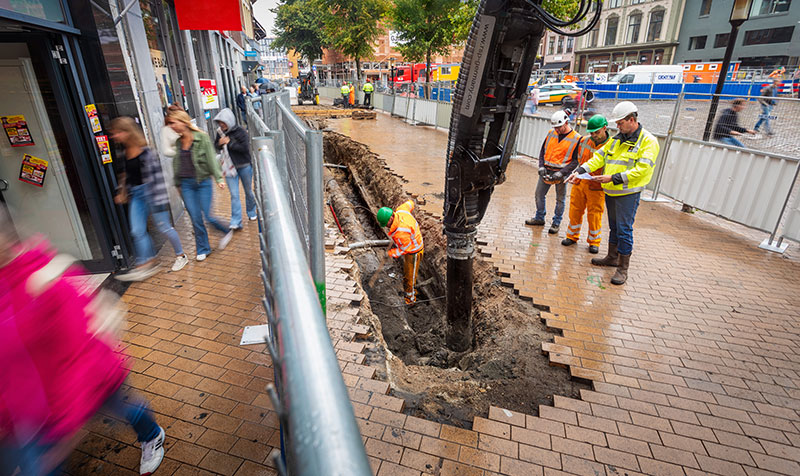Solar panels, electric vehicles, gas-free living; these are just a few examples of why the Dutch network has to bear an increasing load. Private individuals have become energy suppliers, energy is not only supplied by power stations anymore, but also by solar and wind farms, and the entire country must be gas-free by 2050.
These changes happened so fast that the existing Dutch network has to change with them. That means new cables, renewed high, medium, and low voltage facilities, plus a network that can process the growing number of additional energy suppliers.
Dieuke Boogaard, freelance stakeholder engagement advisor, is responsible for informing stakeholders and local residents in a timely manner during these activities.
She uses SitePodium for this, just like her colleagues do. We spoke to her about the task ahead and about how SitePodium has an important role in stakeholder engagement during the energy transition in The Netherlands.
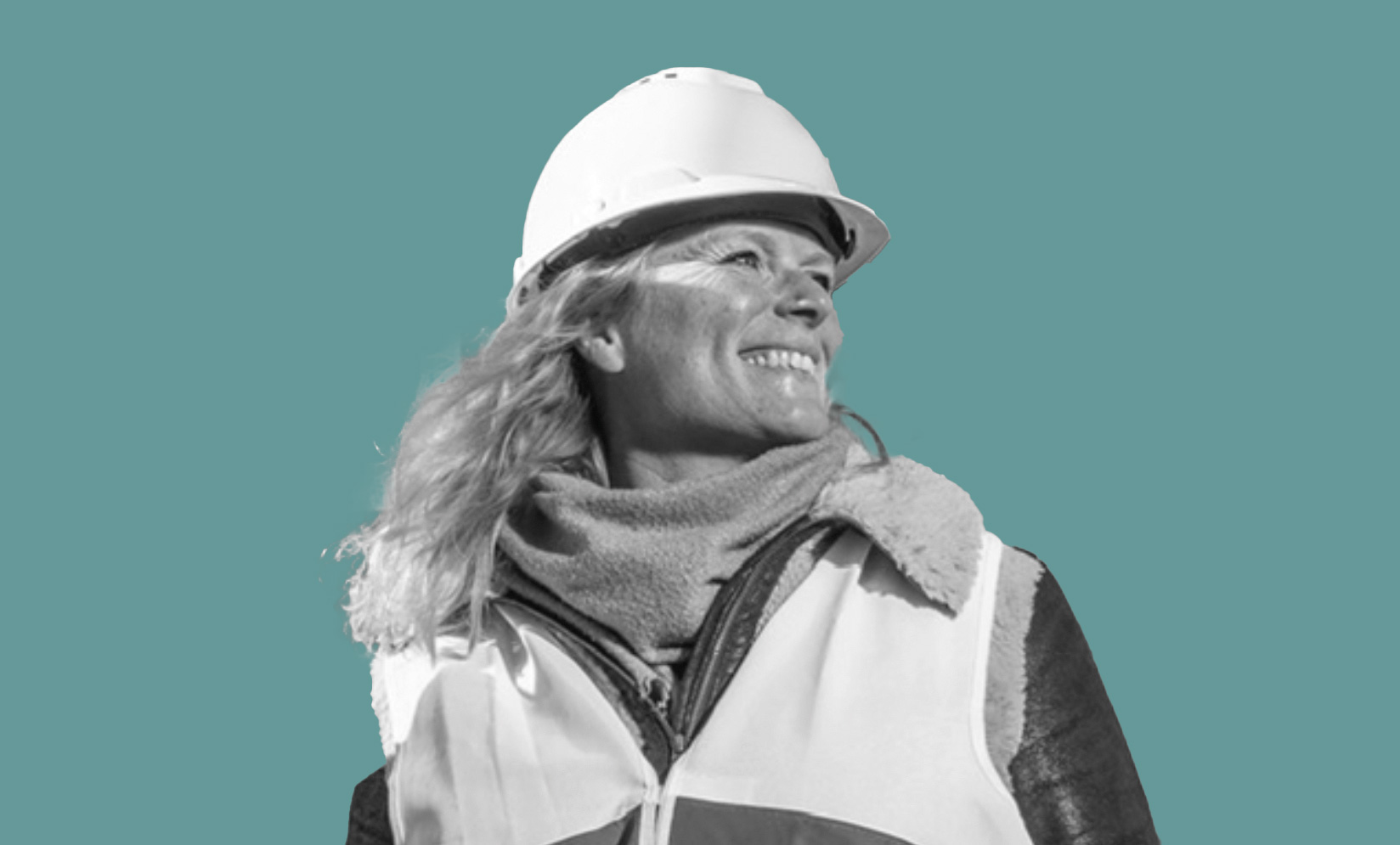
To inform and advise
As stakeholder engagement advisor, Dieuke gets stuck into the complex projects of Enexis. For her work, close cooperation with the community liaison officers and contractors involved is essential. Together they are responsible for providing information about the project. One of the methods they use for this is SitePodium.
Dieuke informs and advises on multiple projects at the same time, while the community liaison officers and contractors provide SitePodium with content. “This way, we ensure that local residents and stakeholders are informed properly and timely about upcoming projects and projects that are in progress. That varies from a new connection or reinforcing the low-voltage network in people’s streets, to expanding or renewing a medium/high-voltage substation.”
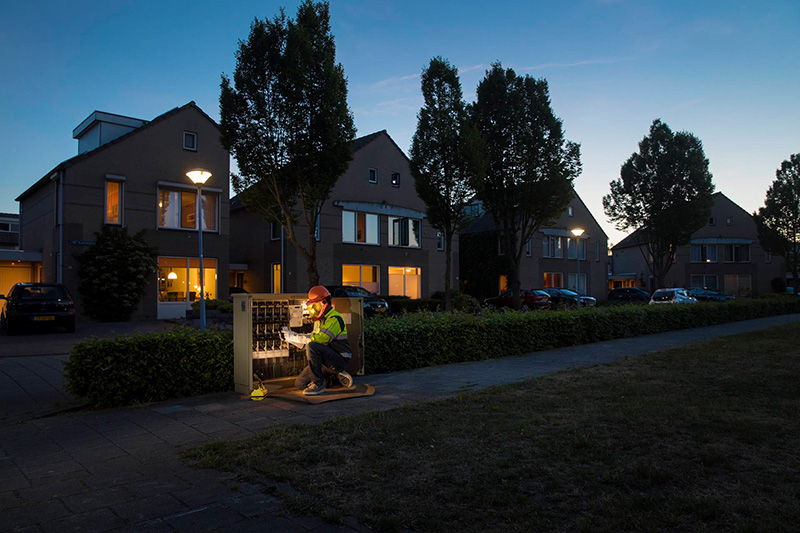
Adapting, expanding, and renewing
Dieuke works on various types of projects. Where there previously was only one power station distributing the electricity to its consumers, now we also have solar parks, wind farms, and private individuals doing the same. On top of that, wind farms at sea have introduced a completely new location from which energy is provided. The existing structure of this network is no longer current and must be adapted and expanded to meet these new demands.
Enexis works on updating the Dutch medium and low voltage networks, and this is quite a task. They have to install 15,000 new electricity boxes and open up 1 in 3 streets for new cabling, for example, sometimes tackling entire villages in one go. Renewing the existing infrastructure is especially important here, according to Dieuke.
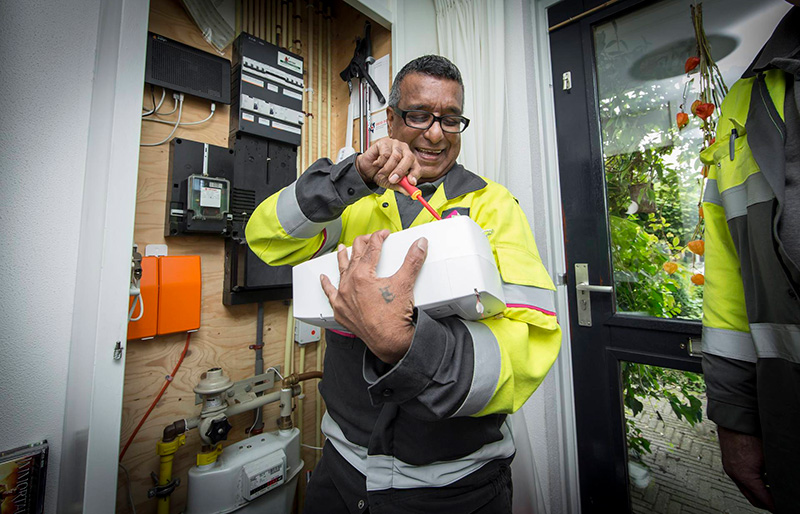
Keeping local residents happy
A major challenge Dieuke faces is keeping local residents happy. “We have one of the most reliable electricity networks in the world”, she explains. Dutch people are not used to power outages. It is the task of Dieuke and her colleagues to explain to the residents that this work on a system that appears to be running just fine is really necessary.
As a result, she regularly runs into protests. Criticism such as: “Couldn’t you have done that earlier?” or “You worked in our street last year for work on the sewer system and internet cables. Could you not have done this at the same time?” is what she hears regularly. Dieuke and her colleagues not only have the task of reducing complaints, but also of creating understanding and support.
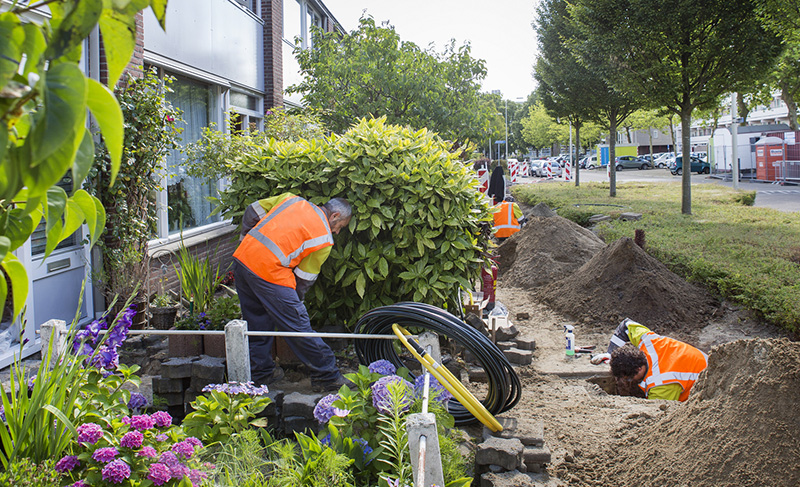
Listening to Dieuke, it becomes clear to me that putting yourself in the shoes of local residents is key to creating understanding in the area. She does this by giving information in a logical order. She first provides practical information, so what is going to happen, when, and what will the local residents notice? The purpose and necessity of the project are only interesting to local residents afterwards.
Dieuke prefers not to use big words in the communication she sends out. It is the small things, such as a timely announcement for a temporary pick-up location for the bin, or providing a solution for the transport of a local resident with mobility needs, that make the difference.
Dieuke and SitePodium
SitePodium has a prominent role in Dieuke’s complex projects. Yes, she also communicates via letters, neighbourhood meetings, project pages, advertisements, and the municipality website. But she has been working with SitePodium for a longer period of time and recently introduced it at Enexis as well.
Even though she has plenty of channels to maintain, she clearly sees the added value of using SitePodium for her projects. It is the direct contact with the environment that attracts her to the app, as well as the interaction and multiple ways to directly share updates with those involved. “Providing good and timely information in plain language is important’, she says, and SitePodium is an ideal channel with which large companies such as Enexis become approachable and human. “I think it is important that residents know that we are accessible, and that we treat each other with respect.”
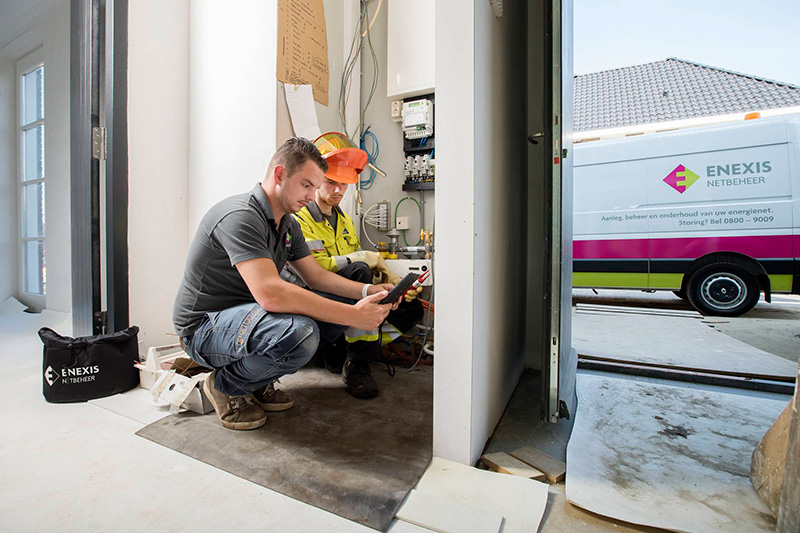
The future
The electricity network that was built during the last 7 decades, needs to be doubled in 7 years. And what when these 7 years are over? The network has been upgraded and renewed, all solar panels are provided with, electric cars can be charged without any problems, and the network is ready for the decades to come.
Dieuke is certain that there will be other challenges by then. “At first the solar panels were an obstacle, the topic of conversation now is the home battery, for example, and our legislation has changed. Who knows what the situation will look like in 7 years’ time?”
Dieuke does have a wish: “I hope that people are not only used to a well-functioning electricity network, but that the community will also get used to good communication. That they are informed properly and in a timely manner, and that they can quickly make contact.” This is a wish that we, at SitePodium, definitely share with her.
